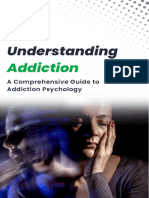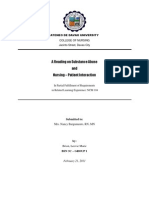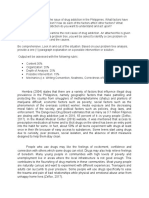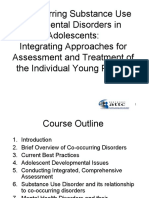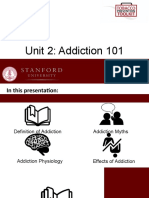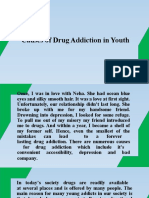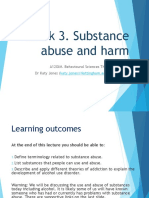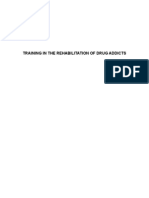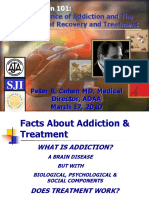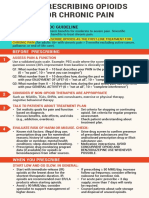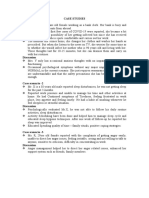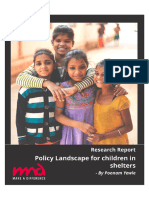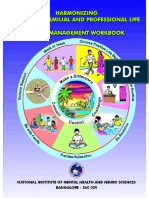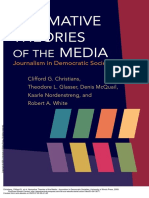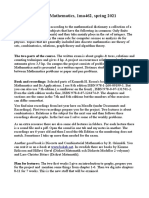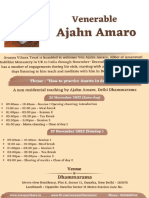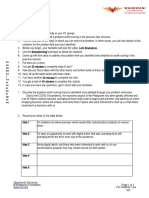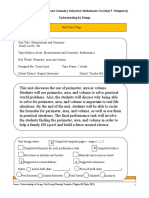100% found this document useful (1 vote)
113 views22 pagesAddiction Disorders
The document discusses addiction, providing definitions and perspectives from organizations. It outlines the prevalence of substance use in India for alcohol, cannabis, opioids, and inhalants. It also discusses types of addiction disorders and diagnostic criteria. Theoretical perspectives on addiction and psychosocial interventions for substance use disorders are presented.
Uploaded by
DanielCopyright
© © All Rights Reserved
We take content rights seriously. If you suspect this is your content, claim it here.
Available Formats
Download as PPTX, PDF, TXT or read online on Scribd
100% found this document useful (1 vote)
113 views22 pagesAddiction Disorders
The document discusses addiction, providing definitions and perspectives from organizations. It outlines the prevalence of substance use in India for alcohol, cannabis, opioids, and inhalants. It also discusses types of addiction disorders and diagnostic criteria. Theoretical perspectives on addiction and psychosocial interventions for substance use disorders are presented.
Uploaded by
DanielCopyright
© © All Rights Reserved
We take content rights seriously. If you suspect this is your content, claim it here.
Available Formats
Download as PPTX, PDF, TXT or read online on Scribd
/ 22


